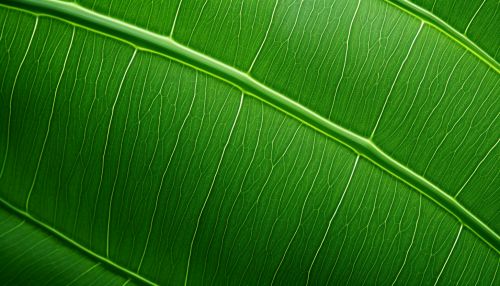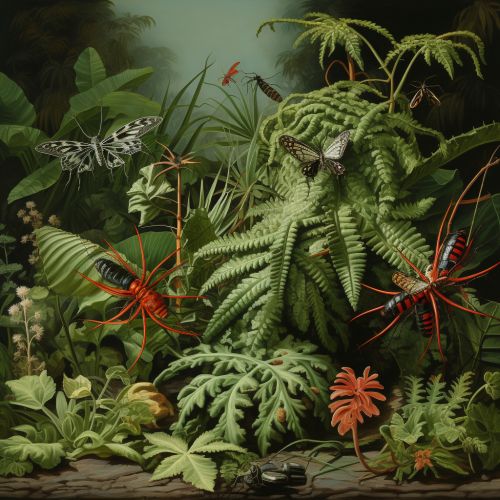Mechanisms of Plant Defense Against Pathogens and Pests
Introduction
Plants, unlike animals, cannot physically move to escape from harmful situations. Instead, they have developed a variety of defense mechanisms to protect themselves from pathogens and pests. These mechanisms range from physical barriers and chemical defenses to complex interactions with beneficial organisms. This article explores these mechanisms in detail, providing a comprehensive understanding of how plants defend themselves against threats.


Physical Defenses
The first line of defense for a plant is its physical barriers. These include the plant's outer layer, or epidermis, and the waxy cuticle that covers it. These barriers are designed to prevent pathogens and pests from penetrating the plant's tissues.
Epidermis
The epidermis is a layer of cells that covers the entire plant. It serves as a physical barrier, protecting the plant from mechanical damage, desiccation, and invasion by pathogens. The epidermis is often covered by a layer of wax, known as the cuticle, which further enhances its protective function.
Cuticle
The cuticle is a waxy layer that covers the epidermis of many plants. It serves as a barrier to water loss and protects the plant from desiccation. In addition, the cuticle can act as a barrier to pathogens and pests, preventing them from gaining access to the plant's tissues.
Chemical Defenses
In addition to physical barriers, plants also employ a variety of chemical defenses to protect themselves from pathogens and pests. These defenses include the production of secondary metabolites, which can deter pests and inhibit the growth of pathogens.
Secondary Metabolites
Secondary metabolites are compounds produced by plants that are not directly involved in growth or reproduction, but serve other functions such as defense. These compounds can have a wide range of effects on pests and pathogens, including deterring feeding, inhibiting growth, and causing death.


Phytoalexins
Phytoalexins are a type of secondary metabolite that is produced in response to infection by a pathogen. These compounds are toxic to the pathogen and can inhibit its growth or kill it outright.
Pathogenesis-Related Proteins
In response to pathogen attack, plants can produce pathogenesis-related proteins. These proteins can have a variety of effects on pathogens, including inhibiting their growth, disrupting their cell walls, and triggering their death.
Induced Defenses
In addition to their constitutive defenses, plants can also induce a variety of defenses in response to attack by pathogens or pests. These induced defenses include the production of defensive compounds, changes in plant physiology, and the activation of defense-related genes.
Systemic Acquired Resistance
Systemic acquired resistance (SAR) is a type of induced defense that occurs in response to localized infection by a pathogen. Following infection, the plant induces a systemic defense response that protects the entire plant from subsequent infection.
Induced Systemic Resistance
Induced systemic resistance (ISR) is a type of induced defense that is triggered by beneficial soil microbes. These microbes induce a systemic defense response in the plant that protects it from a wide range of pathogens and pests.
Biological Defenses
Plants also employ a variety of biological defenses to protect themselves from pathogens and pests. These defenses involve interactions with other organisms, including beneficial microbes and insects.
Endophytes
Endophytes are microbes that live inside plant tissues without causing disease. Many endophytes provide benefits to their host plants, including protection from pathogens and pests.
Plant-Insect Interactions
Plants can also interact with insects to defend themselves from pathogens and pests. For example, some plants produce compounds that attract beneficial insects, which prey on pests.


